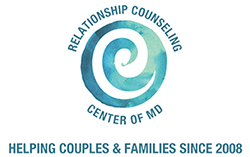How to Truly Empathize with Your Partner

by Jazmine Diggs, LGMFT
Thursday, June 12th, 2025
In recent years, empathy has entered our vocabulary as a buzzword often mistaken for simply agreeing with your partner or trying to “fix” how they feel. Genuine empathy is about being with someone emotionally, not doing something for them. It’s a powerful tool that strengthens connection, softens conflict, and builds emotional safety in your relationship.
Let’s explore how to empathize more deeply with your partner:
1. Listen to understand, not to respond: When your partner shares their feelings, pause your internal dialogue. Don’t prepare a rebuttal or a solution. Instead, tune into their tone, body language, and words. Ask yourself, What are they really trying to tell me?
2. Reflect what you hear: A simple phrase like, “It sounds like you felt really hurt when that happened,” can go a long way. Reflecting back their experience helps them feel seen and validated—something we all crave in love. It’s important to remember to stay present, even in discomfort. Empathy requires vulnerability. It may mean sitting with your partner’s sadness or anger without retreating or defending. That presence alone can be healing.
3. Avoid minimizing or comparing pain: Statements like “It’s not that bad” or “Well, I had it worse” shut down emotional intimacy. Empathy doesn’t rank experiences—it honors them. Remember: connection over correction. Sometimes your partner doesn’t need a solution. They need your understanding. They need to know you care more about their heart than being right.
Empathy isn’t always easy, especially when you’re hurting, but when both partners commit to empathizing with one another, they create a safe, respectful, and deeply connected relationship. And in that space, love can grow.











